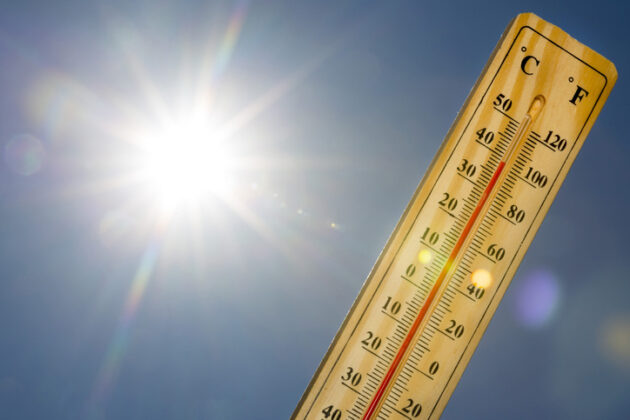There are a range of heat illnesses that can affect anyone, regardless of age or physical condition.
Heat-related illnesses can be prevented. Prevention requires employers and workers to recognize heat hazards. Heat conditions can change rapidly and management commitment to adjusting heat stress controls is critical to prevent heat illness.
OSHA has provides COVID-19 Guidance on the use of cloth face coverings while working outdoors or indoors in hot and humid conditions. This podcast from the CDC discusses the symptoms of heat-related illnesses and how they can be prevented in people who work outside.
Click here for tips on preventing heat related illness.
Heat-Related Illnesses and First Aid
| Heat-Related Illness | Symptoms and Signs |
|---|---|
| Heat stroke |
|
| Heat exhaustion |
|
| Heat cramps |
|
| Heat syncope |
|
| Heat rash |
|
| Rhabdomyolysis (muscle breakdown) |
|
Employers and workers should become familiar with the heat symptoms. When any of these symptoms are present, promptly provide first aid. Do not try to diagnose which illness is occurring. Diagnosis is often difficult because symptoms of multiple heat-related illnesses can occur together. Time is of the essence. These conditions can worsen quickly and result in fatalities. When in doubt, cool the worker and call 911.
First Aid
- Take the affected worker to a cooler area (e.g., shade or air conditioning).
- Cool the worker immediately. Use active cooling techniques such as:
- Immerse the worker in cold water or an ice bath. Create the ice bath by placing all of the available ice into a large container with water, standard practice in sports. This is the best method to cool workers rapidly in an emergency.
- Remove outer layers of clothing, especially heavy protective clothing.
- Place ice or cold wet towels on the head, neck, trunk, armpits, and groin.
- Use fans to circulate air around the worker.
- Never leave a worker with heat-related illness alone. The illness can rapidly become worse. Stay with the worker.
- When in doubt, call 911!
Confusion, slurred speech, or unconsciousness are signs of heat stroke. When these types of symptoms are present, call 911 immediately and cool the worker with ice or cold water until help arrives.
The CDC has many resources available on protecting disproportionately affected populations from extreme heat and heat related illnesses. Extreme heat can be dangerous for anyone, but it can be especially dangerous for those with chronic medical conditions. Click here for information for caretakers.




